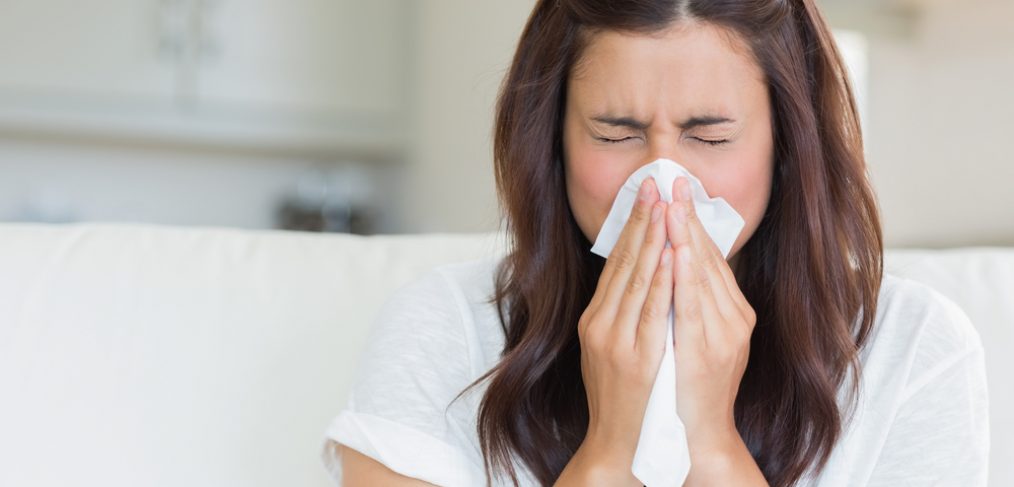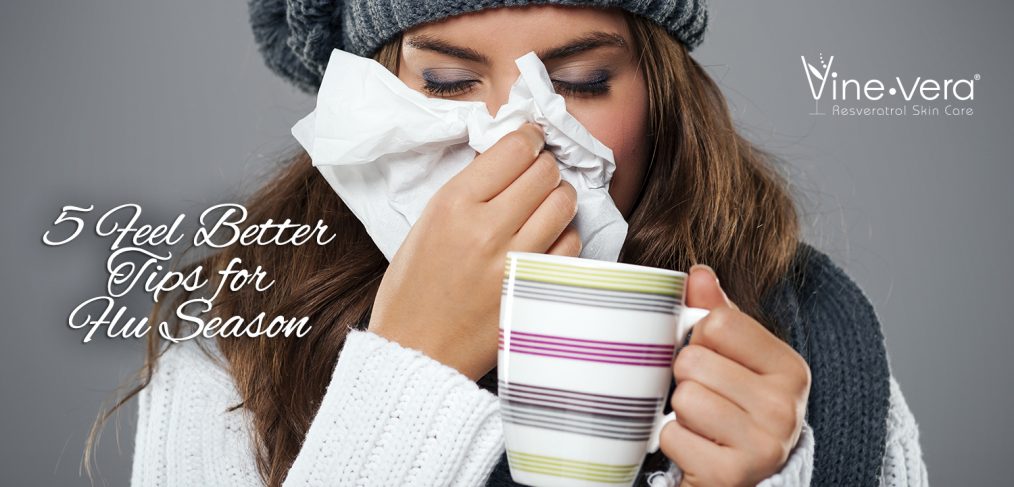Silver. In the world of chemistry, a shiny, white metal found in the earth’s core. In the world of sports, a respectable second place. In folklore, the only material capable of being cast into a bullet effective against a witch, werewolf, or monster. In cutlery, the table setting that your mother only used for “occasions.” In fashion, the symbol of disco, rock and roll, outer space, self-expression, and general rebellion. In medicine, a powerful treatment for influenza. While you may be familiar with most of the above applications of silver, it may surprise you to hear of the last one. New evidence has been found suggesting silver could be Tamiflu’s newest ally in the fight against influenza. Read on to find out more.
Research
The revelation that silver may be an aid in the treatment of influenza was tested when researchers exposed a combination of silver derived test materials and Tamiflu to a type of flu virus called H1N1 and then exposed the virus to Tamiflu alone. The findings show that silver has “remarkable inhibition against H1N1 infection.”
Two-Step Effect
In addition to inhibiting the virus, silver was also found to be effective in preventing the virus from attaching to host cells. This classifies it as a neuraminidase inhibitor. Neuraminidase in an enzyme on the surface of the influenza virus. It is required for the virus to be released from the host cells and spread into the tissues in the body. Silver blocks this from happening. The second step of viral invasion is replication. During this step, viruses need to attach to tissues with a binding material. Influenza HA has a glycoprotein on its surface that lets it bind to the virus. Silver blocks this as well.

Kills Flu Viruses
According to a 2013 study conduct by the Journal of Virological Methods, silver kills many types of flu viruses. Adenoviruses are associated with ocular, respiratory, and gastrointestinal disease which can be especially dangerous to babies and those with weakened immune systems. Because silver has been shown to be able to kill viruses such as H1N1, Hepatitis B, and immunodeficiency viruses, investigators wanted to see if it had the same effect on the adenovirus type 3. Results revealed, “Silver nanoparticles exhibit remarkable inhibitory effects on Ad3 in vitro, which suggest silver nanoparticles could be a potential antiviral agent for inhibiting Ad3 infection.”
Protects Against Second Infection
Silver has also been found to be active against bacteria that can cause secondary complications and infections to a body already weakened by the flu virus. A report in Biochemistry and Molecular Biology Journal found that a combination of nano silver particles with sodium alginate, a phytochemical found in brown kelp was able to inhibit the growth and development of several types of pathogenetic bacteria.
Silver You Need
Experts advise the purchase of bio-active silver hydrofoil as a dietary supplement. Look for a solution with 10 parts per million 99.95% dispersal silver nanoparticles in pure hydrofoil as opposed to colloids. Take a tablespoon three times daily for prevention of flu, and up to every 30 minutes during an episode.
Would you take silver as a dietary supplement the next time you have the flu? Let us know, although we hope you never have to find out.













